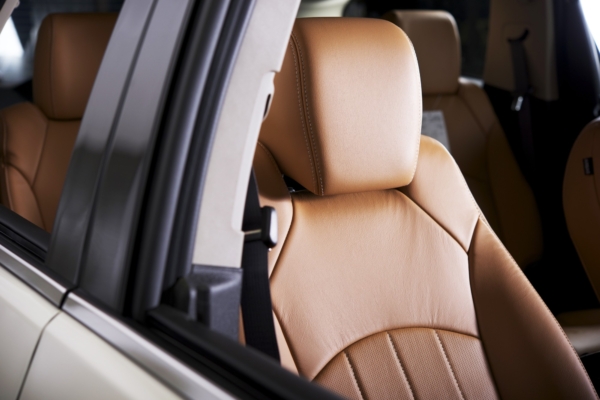Can I Install Seat Warmers in My Car? Absolutely—Here’s How to Do It Right
Waiting for your vehicle to heat up during the winter takes time—and no one enjoys sitting in a cold seat while it does. If your car didn’t come with this cozy feature, you might be wondering: Can you install heated seats after purchase?
Yes, you can! Adding warmth to your seats is possible with an aftermarket kit, though the installation can be complex. Whether you’re aiming for added comfort or trying to make those frosty mornings more bearable, here’s what to know before moving forward.
Can You Add Seat Heaters to Any Vehicle?
In many cases, it’s entirely feasible. Several factors affect how easily this feature can be added, and how well it works once installed.
Seat Material
One of the most important things to consider is the type of upholstery in your car. Leather and vinyl are common materials where this upgrade is straightforward.
What about cloth seats? It’s still possible—you just need to choose a kit that’s compatible. In most cases, this means using special covers designed to safely distribute heat and protect the material underneath.
Interestingly, the cost of upgrading cloth seats is usually lower than leather, though the process for installation remains similar.
Experienced technicians can usually complete the job in about two hours, depending on your vehicle’s make and model.
Finding the Right Fit
Heated seat kits come in different sizes to suit various vehicle types. Some are designed for large truck or SUV seats, while others are perfect for smaller sedans or compact cars.
If you’re not sure which size fits your vehicle best, a professional installer can help—or you can take measurements yourself to match the right product.
Infrared vs. Carbon Fiber Heaters
Most kits use one of two popular heating technologies:
- Infrared: Known for heating up quickly, these systems offer fast relief and a warm glow.
- Carbon fiber: Though slower to warm, they provide longer-lasting, even comfort.
Each option has its pros and cons. Think about whether you value speed or sustained heat when choosing between them.
Whichever you pick, adding this kind of comfort to your car is a practical and affordable enhancement—especially during the coldest months.
Should You Install It Yourself?
While some car owners might feel confident tackling the job solo, installing these systems involves more than just placing pads in the seats.
Because it requires electrical work—including running wires through seat frames and connecting to your car’s power source—it’s important to know what you’re doing. Errors in installation can lead to:
- Damage to upholstery or padding
- Improper function
- Issues with sensors or electronics
- Electrical risks or fire hazards
If you’re weighing the pros and cons of doing it yourself or hiring an expert, this guide on DIY vs. professional installation offers a helpful breakdown of what to consider when adding aftermarket parts to your car.
Unless you’re experienced with vehicle wiring and interior components, it’s best to leave this job to professionals. A trained installer can ensure everything is safely fitted and fully functional.
Stay Warm with Professional Seat Warmers Installation
If you’re tired of cold commutes or want to elevate your car’s comfort, this upgrade is well worth considering. You don’t have to wait for your entire vehicle to warm up before feeling cozy—adding this feature can change how you experience every winter drive.
When winter weather comes back around, no one wants to deal with freezing cold drives. Adding seat heaters to your vehicle is a smart way to boost comfort, stay cozy, and make the most of your time behind the wheel.
Aftermarket seat warmers are affordable, effective, and safe—especially when installed by experts. Instead of struggling through a DIY job or dealing with cold seats every morning, let professionals upgrade your vehicle with high-quality seat heaters.
Looking for more info on what to expect? Check out our heated seats to explore options and learn about the installation process.

 PDA Road Gear
PDA Road Gear